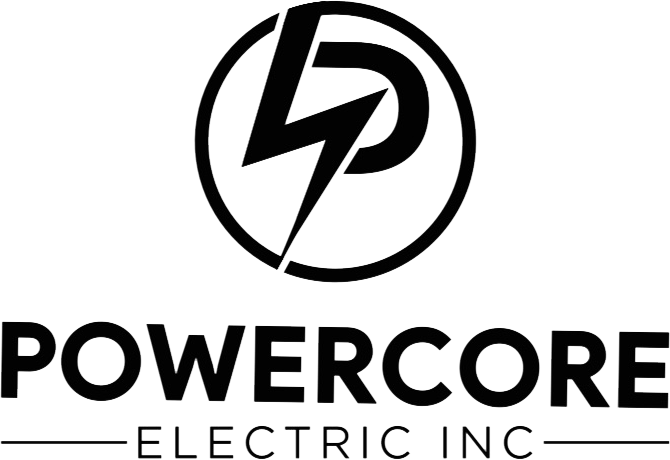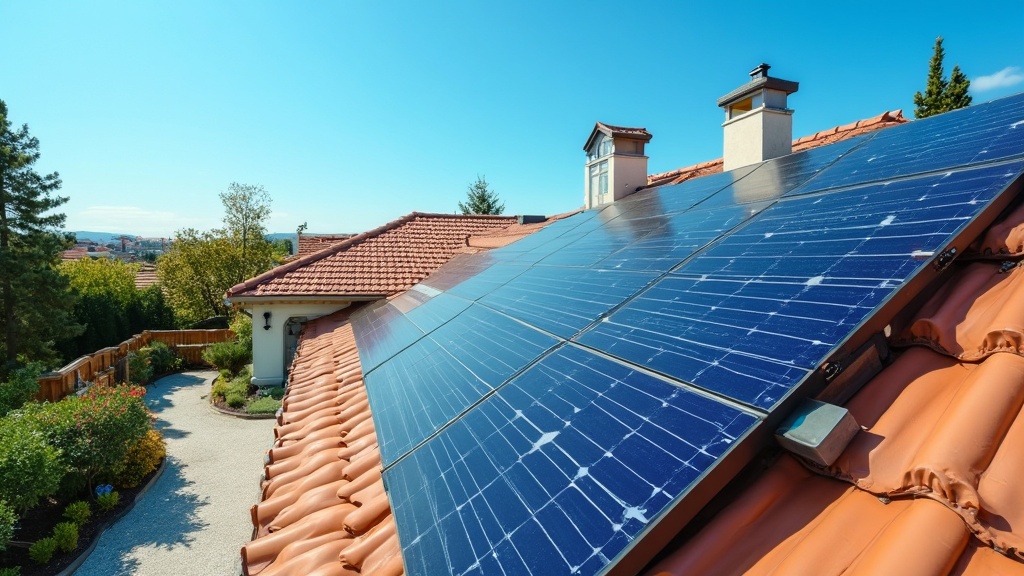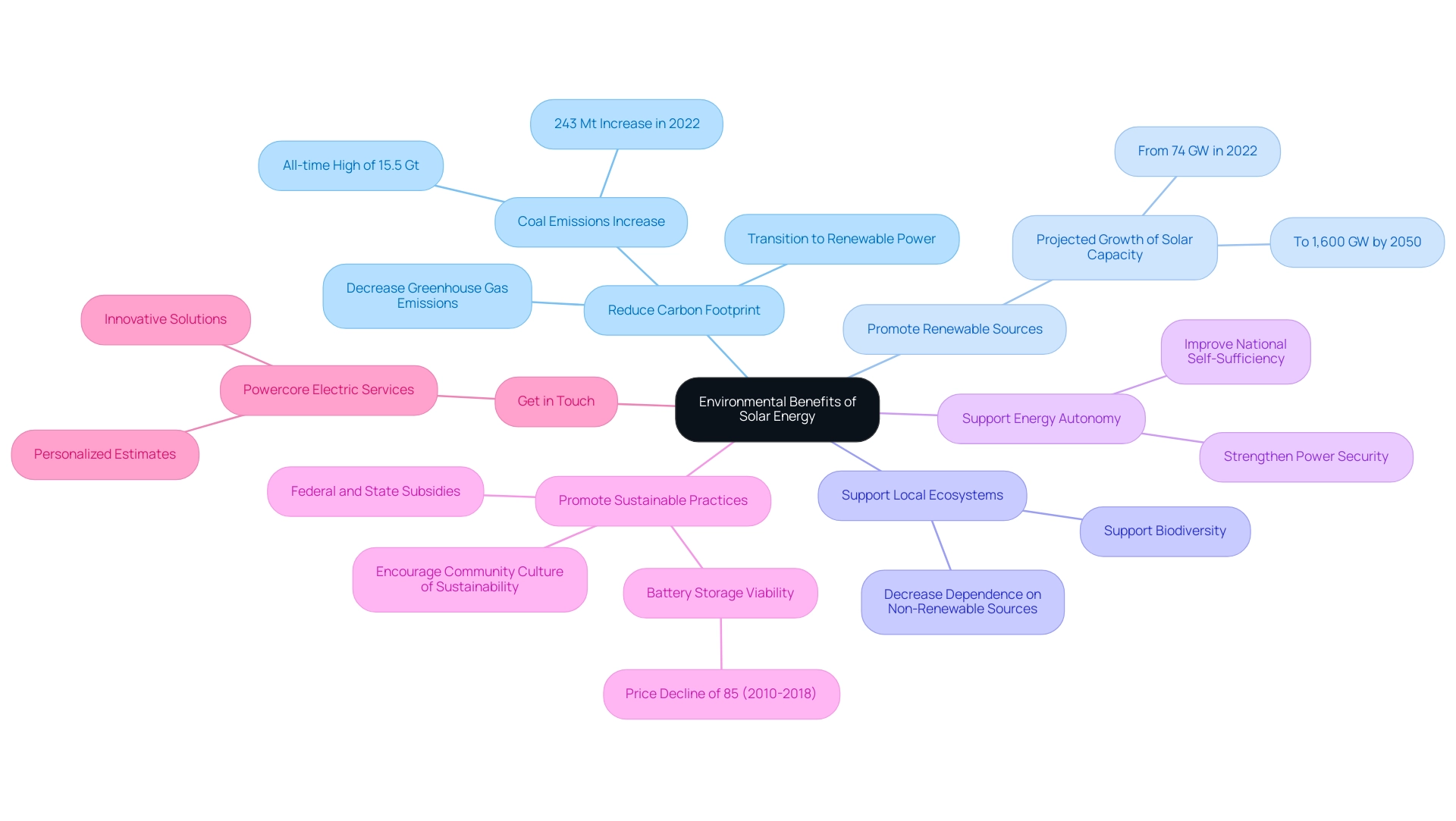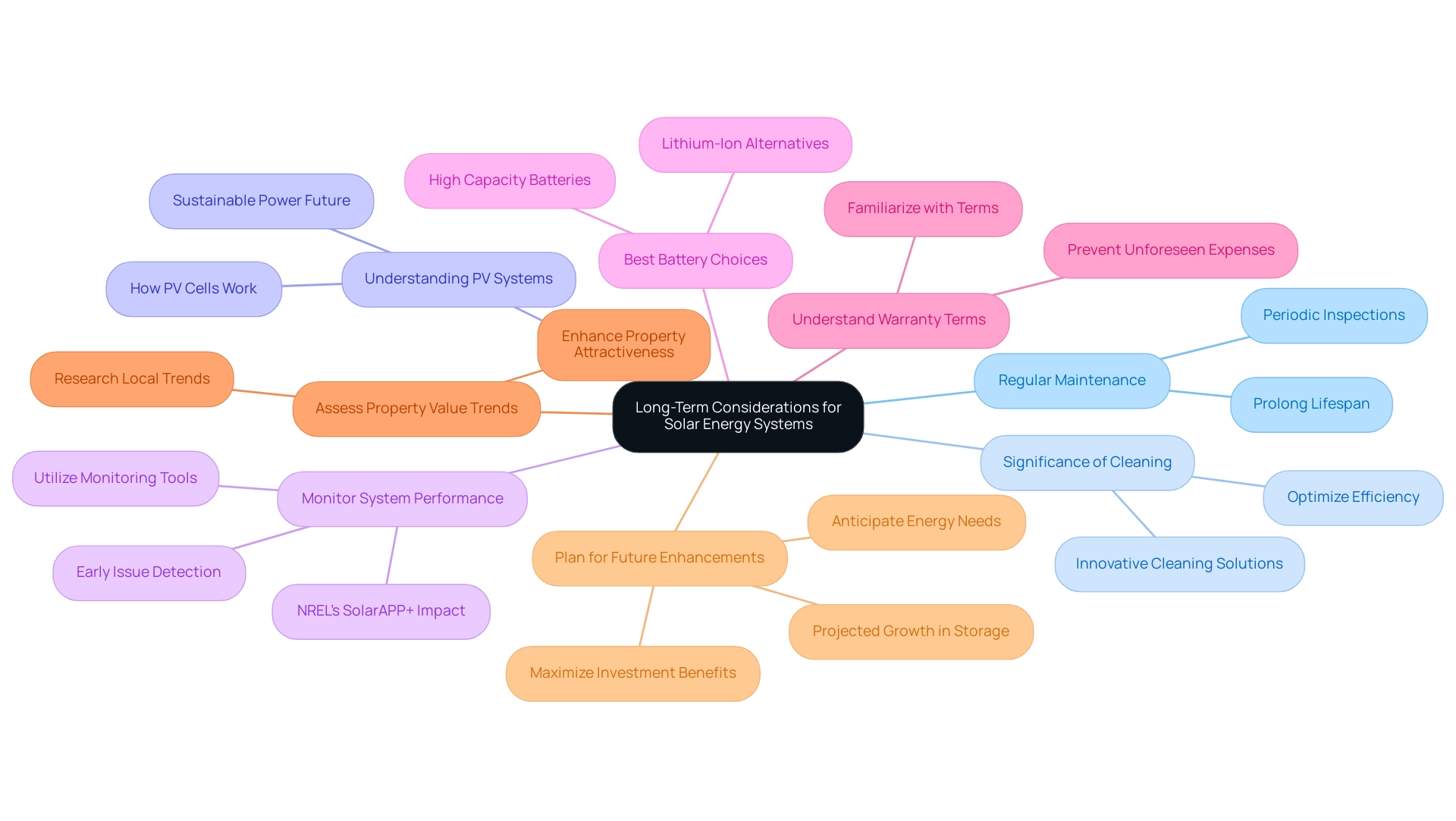Overview
To determine if solar will work on your house, homeowners should assess factors such as roof orientation, shading, roof condition, available space, local climate, and financial considerations like installation costs and available incentives. The article outlines a comprehensive checklist that includes these critical elements, emphasizing their importance in optimizing solar energy production and ensuring a sound financial investment.
Introduction
As homeowners increasingly seek sustainable energy solutions, the allure of solar power continues to shine brightly. With its potential to reduce energy bills and carbon footprints, solar energy presents a compelling option for those looking to embrace a greener lifestyle.
However, before making the leap, it’s essential to explore various aspects that influence the effectiveness and viability of solar installations:
- Assessing roof orientation
- Local climate
- Understanding financial implications
- Technical components
This guide will provide a comprehensive overview of what homeowners need to consider. By delving into these crucial areas, individuals can make informed decisions that not only enhance their property’s value but also contribute to a more sustainable future.
Assessing Your Home’s Suitability for Solar Energy
- Check Roof Orientation: Make sure your roof is positioned to face south, southeast, or southwest. These instructions provide the optimal sunlight access, enhancing power generation from your photovoltaic equipment. For instance, homes in Reno, Nevada, benefit significantly from this orientation due to its impressive average of 3,646 hours of sunshine annually. In contrast, Ho Chi Minh City, Vietnam, recorded a total of 2,489 hours of sunshine, indicating that while it has decent sunlight, the orientation remains crucial for optimizing energy capture.
- Assess Shading: Take a good look around your property. Identify any trees, buildings, or other structures that might cast shadows on your roof during peak sunlight hours. Even minor shading can significantly decrease your energy collection efficiency, so it’s essential to consider this aspect.
- Evaluate Roof Condition: Inspect your roof for any signs of damage or wear. A durable and well-kept roof is crucial for holding up energy collection devices. Any weaknesses could jeopardize the installation and long-term performance of your energy system.
- Measure Available Space: Calculate the square footage available for energy collectors on your roof. This measurement will assist you in figuring out how many panels you can set up and, as a result, how much power you can produce.
- Consider Local Climate: Investigate your region’s typical sunlight hours annually to assess potential electricity output. For instance, the overall average annual sunlight in the United States is approximately 4,410 kJ/m², which offers an excellent benchmark for assessing your specific location’s energy potential. Additionally, consider the climate factors such as the annual precipitation in Ciudad Bolivar, Venezuela, which is 2,894.8 mm. High rainfall can impact power production, making it essential to assess how local weather patterns influence your system’s suitability.
- Explore Battery Choices: Investigate the best storage options available for power. Choosing the appropriate battery can greatly influence the efficiency and dependability of your renewable power setup, guaranteeing you have electricity when you require it most.
- Prioritize Regular Maintenance: Establish a maintenance plan for your panels to ensure peak performance and durability. Routine cleaning and checks can aid in preventing efficiency declines and prolonging the lifespan of your power generation setup.
Understanding the Financial Implications of Solar Installation
To assess whether solar will work on my house, begin by calculating installation costs and acquiring estimates from various providers. In Wyoming, the average cost of a photovoltaic system before incentives stands at approximately $43,491, but thanks to available incentives, this can drop to about $30,444. This significant reduction can greatly influence your overall budget! Additionally, consider the costs associated with a Level 2 home charger, which typically range from $500 to $2,000, depending on installation requirements and equipment. Understanding these costs will help in making an informed decision about whether solar will work on my house.
- Explore Financing Options: You have a variety of financing options at your disposal, such as loans, leases, and power purchase agreements (PPAs). For instance, homeowners renting photovoltaic systems through Sunrun can benefit from tax credits while Sunrun manages all the documentation. As they say, “From paperwork to panel installation to maintenance, we take care of the rest.” This enables you to concentrate on the advantages of renewable power without the inconvenience of handling the specifics.
- Understand Incentives: It’s crucial to research federal, state, and local incentives, including tax credits and rebates, to determine if solar will work on my house and significantly reduce your upfront costs. In Wyoming, the average tax credit value is around $13,047, enhancing your potential savings. Homeowners should consult with tax professionals to determine how credits and incentives will solar work on my house to maximize the best financial outcome.
- Estimate Long-term Savings: Take the time to calculate your projected savings on energy bills over the years. On average, U.S. homeowners could save approximately $50,000 over 25 years after installing photovoltaic panels, though this can vary based on local electricity rates and energy production. Specifically, in Wyoming, the average 25-year savings from photovoltaic systems is estimated at $5,916. When comparing this to traditional electricity costs, which continue to rise, many homeowners wonder if solar will work on my house, as it presents a compelling long-term financial benefit. These factors are essential for gaining a clearer picture of your financial future.
- Consider Resale Value: Finally, don’t underestimate how these installations can enhance your home’s resale value. Research shows that residences equipped with renewable energy systems frequently sell for elevated prices, rendering them a wise investment not only for short-term savings but also for increasing your property’s worth over time.
Key Technical Components of Solar Energy Systems
-
Solar Devices: Dive into the world of solar devices! You’ll find three primary types: monocrystalline, polycrystalline, and thin-film. Monocrystalline modules are known for their high efficiency—averaging around 20%—which raises the question of whether solar will work on my house, especially in homes with limited roof space. Polycrystalline modules, while less efficient, are more budget-friendly, and thin-film types, though the least efficient, provide versatility for non-rooftop applications. With options ranging from 13% to 22.8% efficiency, it’s essential to choose what best fits your needs. For instance, to assess whether solar will work on my house, an average U.S. home may require between 17 to 30 400-watt units to meet its energy needs, depending on various factors like energy consumption and location. Remember, as Emily Walker wisely points out, many factors influence the efficiency of your energy collectors, including weather, debris, and installation issues. To maximize this efficiency, consider professional solar cleaning services, which not only enhance performance by keeping your surfaces free of dirt and debris but also extend their lifespan by preventing corrosion and buildup. Routine upkeep can lead to increased power generation and reduced dependence on the grid, fostering sustainability and lowering utility expenses. Additionally, high-efficiency modules are particularly beneficial for homes with limited roof space, helping to determine if solar will work on my house, as highlighted in the case study titled ‘Best Residential Solar Panels in 2024.’ Regular inspections and maintenance can also proactively identify issues such as loose wires or faulty inverters, further protecting your investment and contributing to a cleaner environment.
-
Inverters: Let’s talk about inverters, the unsung heroes of your solar energy system! These devices transform the direct current (DC) generated by your systems into alternating current (AC) that your home can utilize. You can choose from various types, including string inverters, which are common for residential setups, or microinverters, which optimize the output of each individual panel. According to industry statistics, the right inverter can enhance your setup’s overall performance by up to 30%. Grasping the various inverter choices can greatly improve your setup’s efficiency.
- Batteries: Consider adding a battery storage solution to your solar setup for those moments when the sun isn’t shining. This enables you to store surplus power generated during the day for later use, granting you independence and backup supply during outages. It’s a fantastic way to ensure you’re prepared for whatever comes your way!
- Monitoring Tools: Investing in a monitoring tool is a smart move to keep tabs on your power production and consumption in real-time. These setups can assist you in comprehending how much power your installations produce and how much electricity your home consumes, aiding you in making knowledgeable choices regarding your power usage.
-
Installation and Wiring: Finally, familiarize yourself with the installation process. Proper wiring and installation are essential for ensuring your energy setup operates at peak efficiency. A properly installed system not only enhances output generation but also extends the lifespan of your modules and inverters. Getting this right can make all the difference!
Exploring the Environmental Benefits of Solar Energy
- Reduce Carbon Footprint: Did you know that transitioning to renewable power can dramatically lower your greenhouse gas emissions compared to conventional fossil fuels? By harnessing the sun’s power, you can help combat the alarming rise in coal emissions, which recently increased by 243 Mt to an all-time high of nearly 15.5 Gt. Each photovoltaic panel set up aids in creating a cleaner environment and a healthier planet.
- Promote Renewable Sources: Sunlight power plays a crucial role in moving towards renewable resources. As pointed out by Fengqi You, a systems engineer at Cornell, the U.S. is poised to increase photovoltaic capacity from 74 gigawatts in 2022 to an astonishing 1,600 gigawatts by 2050. This change is more than a number—it’s a movement towards a sustainable future.
- Support Local Ecosystems: Solar installations do more than produce clean power; they also help safeguard local ecosystems by decreasing our dependence on non-renewable power sources. Homeowners can support healthier ecosystems and biodiversity in their neighborhoods by investing in renewable power, leading to the question of whether solar will work on my house to promote a more vibrant local environment.
- Support Energy Autonomy: Adopting renewable sources not only benefits your home but also improves national self-sufficiency. By decreasing reliance on fossil fuels, we can strengthen our power security and establish a more robust power grid.
- Promote Sustainable Practices: Embracing sunlight-based power encourages a culture of sustainability within your community. As more homeowners make the switch, it encourages others to ask, ‘will solar work on my house?’, furthering the collective commitment to a greener planet. With battery storage becoming progressively feasible and more economical, due to price reductions of up to 85% for lithium-ion storage systems from 2010 to 2018, the potential for sunlight to spearhead the shift in renewable power adoption is more promising than ever. Furthermore, federal and state subsidies enhance the competitiveness of renewable sources with fossil fuels, offering financial incentives for homeowners to transition.
- Get in Touch: As you assess your options for renewable sources, keep in mind that Powercore Electric is your reliable partner throughout California. Whether you’re in Los Angeles or San Diego, contact us today to learn how we can assist you in maximizing your energy potential with personalized estimates and innovative solutions. Transition to renewable power and relish the advantages of independence, financial savings, and sustainability!
Long-Term Considerations: Maintenance and Property Value Impact
- Regular Maintenance: It’s essential to schedule periodic inspections and cleanings for your energy collectors. Not only does this keep them working efficiently, but it also prolongs their lifespan, which can last around 30 years. Keep in mind, a small amount of maintenance greatly aids in making the most of your investment!
- Significance of Cleaning: Maintaining your collectors is crucial for optimizing efficiency and power generation. Dust, dirt, and debris can obstruct performance, so consider innovative cleaning solutions that are safe and effective for maintaining your system’s output.
- Understanding How Photovoltaic Systems Operate: To fully appreciate the advantages of harnessing sunlight, it’s important to understand how these systems work and whether solar will work on your house by transforming sunlight into electricity. Solar panels are made up of photovoltaic (PV) cells that capture sunlight and transform it into usable power. This procedure not only powers your residence but also raises the important question of whether solar will work on your house for a sustainable power future.
- Monitor System Performance: Utilize the latest monitoring tools to keep track of your renewable production. Early detection of any issues can save you time and money in the long run. It’s worth mentioning that 85% of installers utilizing NREL’s SolarAPP+ permitting software have discovered that it streamlines the permitting process, highlighting the significance of effective tools in sustaining optimal system performance.
- Best Battery Choices: Choosing the appropriate battery is essential for efficient power storage. Seek batteries that provide high capacity and extended lifespan, like lithium-ion alternatives, which can store surplus power generated during the day for use at night or during outages. This guarantees you optimize your investment in renewable power and sustain independence.
- Understand Warranty Terms: Familiarize yourself with the warranty terms for both your panels and inverters. Understanding what is included can assist you in preventing unforeseen expenses in the future and guarantee you’re safeguarded against possible problems.
- Assess Property Value Trends: Take the time to research how energy system installations have influenced property values in your neighborhood. Many homeowners have observed positive trends, as renewable energy installations can significantly enhance a property’s attractiveness and market worth.
- Plan for Future Enhancements: As your energy requirements change, consider the potential for future improvements or expansions to your energy setup. Planning ahead can help you maximize the benefits of your investment in renewable energy, especially with the increasing demand for systems paired with battery storage, projected to reach 28% of all new distributed renewable capacity by 2028. The renewable energy sector is thriving, with the top two PV contractors in the US having installed a combined total of 831.50 megawatts of capacity in 2020. This growth highlights the long-term viability of solar energy, as supported by case studies on the longevity of solar panels, which underscore their expected lifespan and the ongoing need for manufacturing, installation, and recycling within the industry.
Conclusion
Embracing solar energy is not just a trend; it’s a transformative step towards a more sustainable and economically sound future. By assessing your home’s suitability for solar—considering factors like roof orientation, shading, and local climate—you can ensure that you’re making a wise investment. Understanding the financial implications, from installation costs to potential savings, is crucial for navigating this transition effectively.
Moreover, familiarizing oneself with the key technical components of solar energy systems, such as solar panels, inverters, and batteries, empowers homeowners to make informed choices that maximize efficiency and performance. The environmental benefits of solar energy, including reduced carbon footprints and support for local ecosystems, further highlight the importance of this renewable resource in combating climate change.
As solar installations not only enhance property value but also encourage sustainable practices within communities, the long-term considerations of maintenance and performance monitoring cannot be overstated. Regular upkeep ensures that your solar system continues to operate at peak efficiency, safeguarding your investment for years to come.
In conclusion, the journey towards solar energy is filled with opportunities for significant savings, environmental stewardship, and enhanced property value. By taking the time to educate oneself on the various aspects of solar energy, homeowners can confidently make choices that align with their financial goals while contributing positively to the planet. Now is the perfect time to explore how solar energy can illuminate a brighter, more sustainable future for you and your community.




